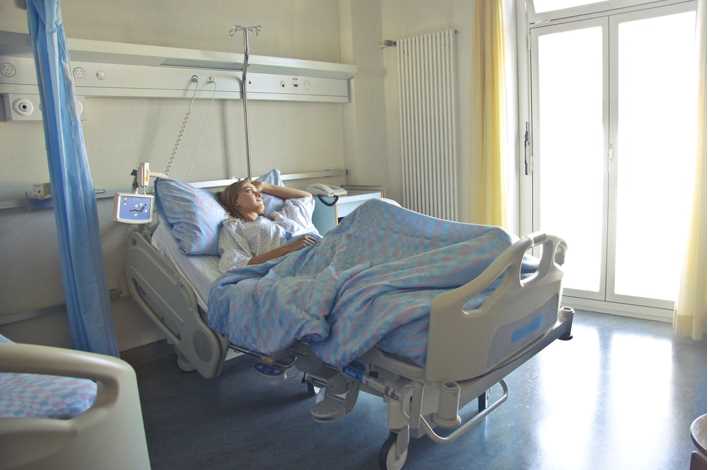
Autoclave machines for hospitals have gained huge popularity in the past years. But what is the reason behind their success? How do they work? Read on to find out more about the steam sterilization process!
How does a hospital autoclave machine work?
The first autoclave machine for hospitals was invented around the end of the 19th century by a French microbiologist working closely with Louis Pasteur. His name was Charles Chamberland.
Charles Chamberland saw the need for a more reliable method to sterilize medical instruments and tools that were used daily by hospitals to treat patients. One of the main goals was to reduce the risk of HAIs (healthcare-associated infections) due to some infectious materials still present after the disinfection of surgical tools. The result of his project was a machine which came to be known as the first autoclave for hospitals.
So how do autoclave machines for hospitals work? Present-day steam sterilizers use the same principle to sterilize medical tools. Autoclaves use high-temperature and high-pressure steam. First, all the air needs to be removed from the machine’s chamber, as air is one of the greatest obstacles to reliable sterilization. The most advanced models – class B autoclaves – achieve this using a powerful vacuum pump.
Why do more and more hospitals use autoclave machines?
Autoclave machines for hospitals can raise the boiling point of water/steam, resulting in a process which can kill all manners of foreign materials present on medical items, including heat-resistant bacteria. The temperature of the steam used by autoclave machines for hospitals ranges between 121 and 134 degrees. This reliability, combined with the ease of use and green operation of steam sterilizers has made them a very popular choice in hospitals, as well as other healthcare facilities.
Autoclave machines can also work as practical on-site waste disposal solutions for hospitals. By sterilizing medical waste on-site, the risks of infection while storing the waste at the site of the facility are greatly reduced. The same applies to transportation since the waste doesn’t need to be incinerated in order not to be infectious anymore.
Advanced autoclave machines for hospitals also work very quickly: the whole process of sterilizing medical tools and waste only takes about 20 minutes per load.
Autoclave machines for hospitals – which one should you choose?
The most popular choice is definitely a class B steam sterilizer thanks to its speed, cost-effective operation, and versatility. Many manufacturers provide machines like these to healthcare facilities. For example, Celitron’s autoclave machines for hospitals all fall under the class B category and are present all around the world.
Apart from hospitals, autoclave machines are also a good choice for other healthcare facilities, such as dental and veterinary clinics. Hospitals naturally have more available space for the installation of an autoclave machine, not to mention they need to sterilize more medical tools on a daily basis. This is why class B steam sterilizers come in different sizes to suit the capacity needs of smaller and bigger medical facilities alike.
Your point of view caught my eye and was very interesting. Thanks. I have a question for you.
I don’t think the title of your article matches the content lol. Just kidding, mainly because I had some doubts after reading the article. https://accounts.binance.com/da-DK/register-person?ref=V2H9AFPY